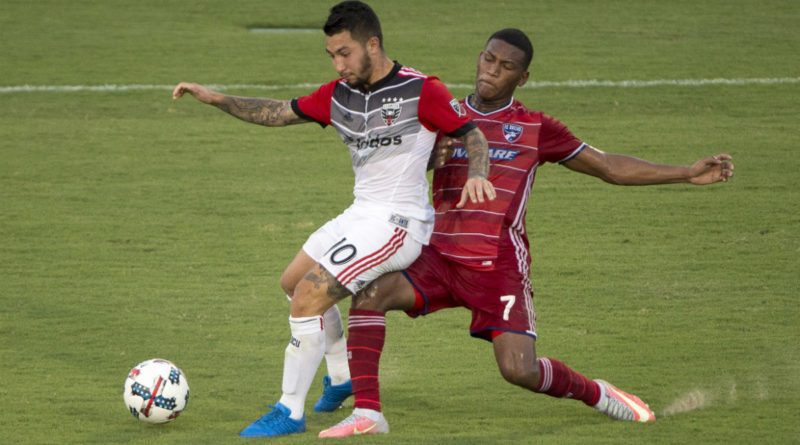Play of the Week 19: Persistent infringement
Prior to the start of the new season, PRO held meetings with every MLS team at their training camps to run through Points of Emphasis. One of these initiatives was ‘persistent infringement.’ What we actually told the players was:
“PRO will be active in recognizing and disciplining persistent infringement with a yellow card in accordance with the Laws of the Game.
Persistent infringement is to be defined as:
A series of fouls committed by an individual and/or committed by team against an individual opponent(s).”
Persistent infringement is listed in the laws of the game as one of six cautionable offenses.
- Persistent infringement of the Laws of the Game (no specific number or pattern of infringements constitutes “persistent”)
It is a very brief description and actually stipulates that there is no specific number or pattern of infringements that constitute persistent, which means it’s open to interpretation by the referee, based on the nature and frequency of the infringements and how they are affecting that particular game.
The law also does not distinguish between fouls committed by an individual and/or committed by a team against an individual opponent(s). Of course, fouls committed by an individual are far more common and recognizable by referees. It is quite rare to see a situation where the referees have recognized infringements committed by a team against an individual opponent(s).
In this week’s Play of the Week we are focusing on a play where the referee has indeed recognized infringements committed by a team against an individual opponent and how he deals with it.
The play is from the FC Dallas v D.C. United game, where various opponents are committing fouls against tricky United midfielder, Luciano Acosta. In the first clip, in the 52nd minute, we see an example of the type of foul designed to prevent him progressing with the ball.
Then, in the 82nd minute, Acosta is targeted and fouled three times by three different opponents in the space of 15 seconds! The referee, Dave Gantar, at this point decides enough is enough and makes it obvious with his body language and gesture that any more fouls on Acosta will result in a sanction.
There is a recognized and approved process for referees to show an individual player who is guilty of persistent infringement by pointing to areas of the field of play where they committed fouls. As this situation is so unusual, Gantar’s approach is somewhat unorthodox but nevertheless effective as no more fouls were committed on Acosta for the remainder of the game.
Finally, we look at the third clip from the 93rd minute. Before the referee’s warning, Acosta could have been fouled, but his opponents are careful due to Gantar’s proactive management and effective communication.
So in summary, it is excellent officiating by Gantar who, with his body language and gestures, makes it clear to everyone (the teams, technical areas and spectators) that he is fully aware of what is going on. He is alert to the potential of ‘team fouling’ on an opponent and maintains his authority and control by being proactive.

